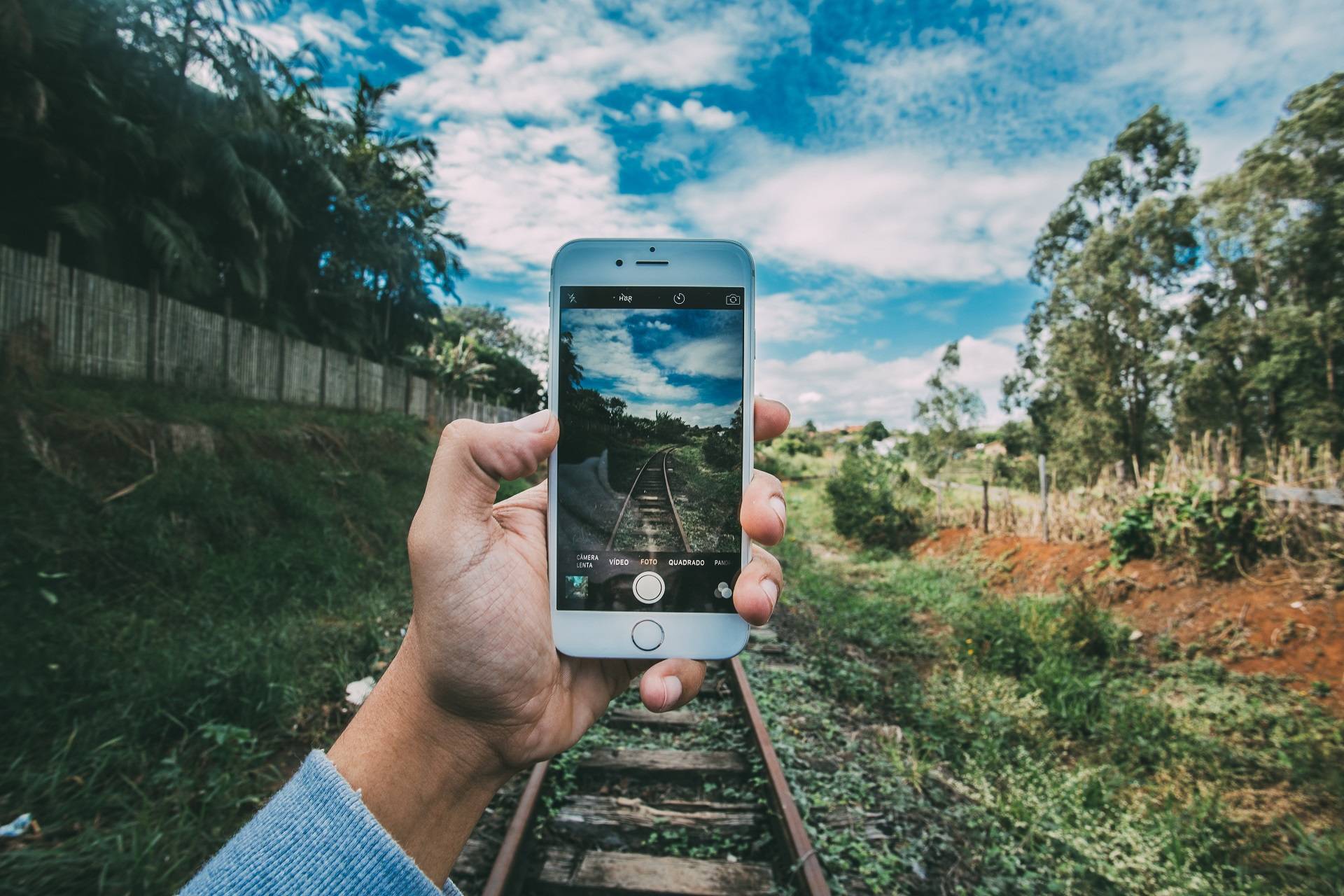Naderi Production
2 HANNERT DE KLEPPBEEM
L-6995 RAMELDANGE

One of the questions that I continuously get from some of my friends and blog readers that just got into photography is “How can I take good pictures with what I have, without spending too much money on new cameras and lenses?”. Ever since DSLRs and mirrorless have become more affordable and people started buying advanced “entry-level” cameras, there has been a great interest in photography from the general public. One big obstacle everybody runs against at one point or another, is the fact that when most professional photographers show the equipment they used to make great-looking images, it creates an impression that only expensive gear can produce great photographs. What happens from there, really boils down to the wallet and how serious a person wants to get into photography – some start buying expensive gear and thinking it will help them to take good pictures and improve their photography, while others hold off and just keep their DSLRs or mirrorless cameras as “point and shoots”, realizing that they can’t do any better with what they have.
This might sound awkward, but how good is your camera if you leave it at home? I have missed so many great photo opportunities just because I forgot to take the camera with me. Whether it is something silly or totally unique, having a camera with you might get you those rare, once-in-a-lifetime moments.
The more you photograph, the more you learn – as simple as that. Use every opportunity to capture images, whether it is early in the morning or late at night. By taking lots of pictures, you will start to understand how to use your camera in different lighting conditions and what works and what doesn’t. At the same time, when your pictures do not come out as good, you will start doing more research and reading articles, books, magazines and online forums to try to find a solution to your problem. Eventually, you will learn from your mistakes and will gain a great deal of knowledge on how to use your gear effectively.
Photographing wildlife can get very expensive and potentially risky. If you do not own a long telephoto lens, you can try checking out your local zoo or animal sanctuary for great photo opportunities. Bigger zoos with plenty of open space are great for photography, because fences and other man-made objects are not as noticeable. You can get pretty close to some animals and capture great moments.
Don’t just sit at home and expect great pictures. Find local and state parks or perhaps even national parks that might be close to you (by close I mean within an acceptable driving distance) and look for potentially good spots for photography. For landscape photography, you will have to develop an eye for what looks good and what doesn’t. For example, a still lake is a great way to produce a mirrored image that might look exceptionally beautiful during sunrise or sunset, when the clouds, trees and other objects get mirrored on the lake. So if you find a moderately-sized still lake, try to come there at sunrise and sunset a few times and see what you can get (a tripod might be necessary to get a good picture). For portrait photography, drive around and see if you can find locations that will look good in the background. The great thing about portrait photography, is that a good background is often easy to find – all you need to do is find something interesting, like an old building, a painted fence or an old tree. Use your imagination and you will soon be finding great spots all around you. If you can afford to travel, do it as much as possible and as I have already pointed out above, always carry your camera with you!
I hope you liked this article on how to take good photographs with your DSLR or mirrorless camera.
If you have any questions or feedback, please post your comments in the comments section below.